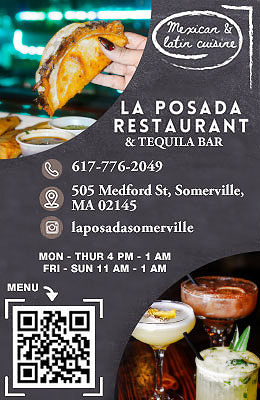“Likeness: Portraits of Artist by Other Artists,” is a current exhibition mounted at the Institute of Contemporary Art in Boston. The theme features 50 diverse, noteworthy images surpassing the traditional notion of portraiture; its common denominator is an overt meta-commentary on the artist, and on the subject’s celebrated personal visual vocabulary. These artists were interested in presenting an image of something way beyond the face of the subject. Some artists were serious in their approach, while others were light-hearted in capturing the essence of a fellow artist’s work that had influenced them. 
Robert Mapplethorpe (1946-1989), an American photographer whose controversial erotic work of seven sadomasochistic portraits in a 1990 Cincinnati Contemporary Arts Center exhibition, funded by the National Endowment of Art, posthumously triggered a contentious national debate, challenging the indiscrete guidelines used for public funding on the arts.
In the current ICA show, Mapplethrope’s photograph is of Louise Bourgeois (1911-). She is an acclaimed abstract expressionist sculptor whose work is collected by major museums worldwide. The content of Bourgois’ later work in life also turned sexually descriptive.
In the photograph, Bourgeois is seen smiling, holding her art like a giant loaf of French bread acting as a battering ram. She was displaying her 1968 latex, phallic sculpture “Fillete.”
Mapplethorpe and Bourgeois were clearly joined in witty complicity in 1982, when they acknowledged the erotic commonality in their works.
Andy Warhol’s (1928-1987) well-known Pop Art portraits of celebrities were not hung in this ICA show but three artists did pay tribute to Warhol in their works.
Deborah Kass (1952- ), in allusion to Warhol’s artwork, imitated his signature screen print style. Her 1994 piece was a silkscreen ink and acrylic on canvas of her friend, photographer Cindy Sherman (1952- ).
She made Sherman look just like Liza Minnelli twins as if Warhol had executed the work himself.
Kass’ double commentary also calls attention to the consumer culture, advertising, product packaging pervasive in our daily life identifying with the thrust of Warhol and the Pop Art movement in the mid 1950s.
Richard Misrach’s visual statement on Warhol was another matter; it dealt with violence. Misrach’s piece, “Playboy #38 (Andy Warhol)“ an Ekacolor Plus print, 1990, addresses the changing public perception on Warhol’s celebrity.
Misrach (1949- ) took a page of magazine advertisement from Playboy magazine, featuring a close-up photograph of Warhol holding a can of Vidal Sasson hairspray near his face. Someone in the Mojave Desert had used the picture of Wahol’s face for target practice. Bullet holes riddled the page, leaving one side of Warhol’s face looking like a skull. A gaping black hole stared from where the left eye had been. Warhol’s mouth was
obliterated, silenced by another gunshot.
Likewise, Neil Winokur’s (1945- ) Cibachrome print of Andy Warhol in 1982, showed Warhol devoid of any emotion, stripped of notoriety, reducing him to a pre-fame, forensic, police mug-shot rendering Warhol silent like a piece of fruit.
In the following decade, the Pop Art movement gave way to emerging Superrealism beginning from the 1960s to the 1970s.
Chuck Close (1940- ) was the dominant, pre-eminent American photorealist painter. Like Warhol, Close chose many of his friends as subjects. He took photographs of them, then projecting the image onto a large canvas that he had pre-gritted into squares. Then, he airbrushed the canvas square by square, often taking more than six months to complete the entire canvas.
In the show, his color silkscreen, “Lyle” 2003, measured 65_ in. x 53_ in. was completed in his familiar “pixilated” style. It showed his intense interest in transferring photographic information into paint information. Close capturing the likeness of Lyle was incidental, and not his primary concern.
Chuck Close’s subject, Lyle Ashton Harris (1965- ), whose own work explores issues of identity, race and sexuality is often autobiographical in context also showing his fascination in technical manipulation of the photographic image.
Portraiture in oil has a revered tradition dating back to the 14th century with Hans Holbein the Younger. In the 21st century, 600 years later, portrait painters have now rejected the genre’s sacrosanct notion that an artist must paint a subject from life and also must only use the
photographic image for an occasional reference as new approaches to portraiture have gained acceptance.
Chuck Close’s pixilated, super-realism portrait of President William J. Clinton hangs in the company of portraits along side of every single US Presidents from George Washington onward at the National Portrait Gallery of the Smithsonian Institute.
Mathew Higgs was the guest curator of “Likeness: Portraits of Artists by Other Artists.” The exhibition was co-organized by CCA Wattis Institute for Contemporary Arts in San Francisco, and Independent Curators International in New York.
ICA’s current show acutely demonstrates that excellence in producing compelling art, including portraiture, has never been about material or techniques.
The exhibition will run at the ICA until May 1, 2005. More information is available at (617) 266-5152















Reader Comments